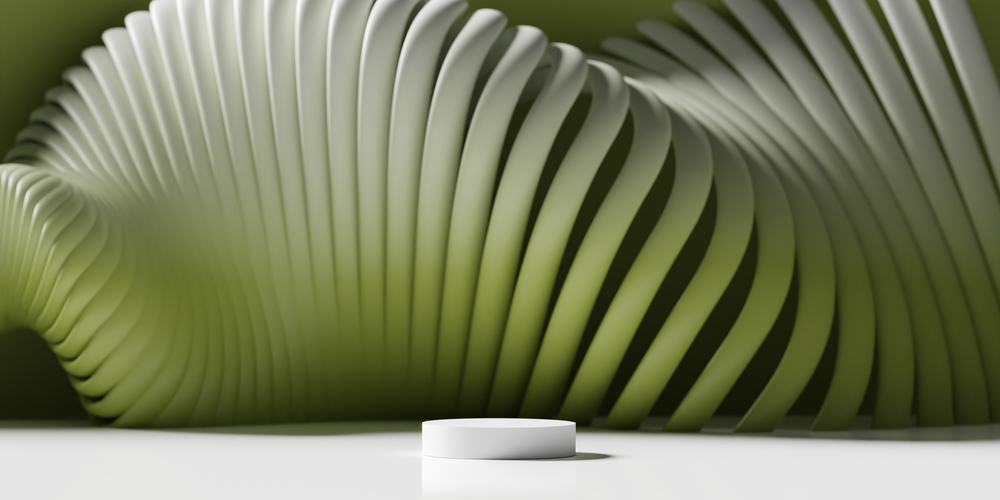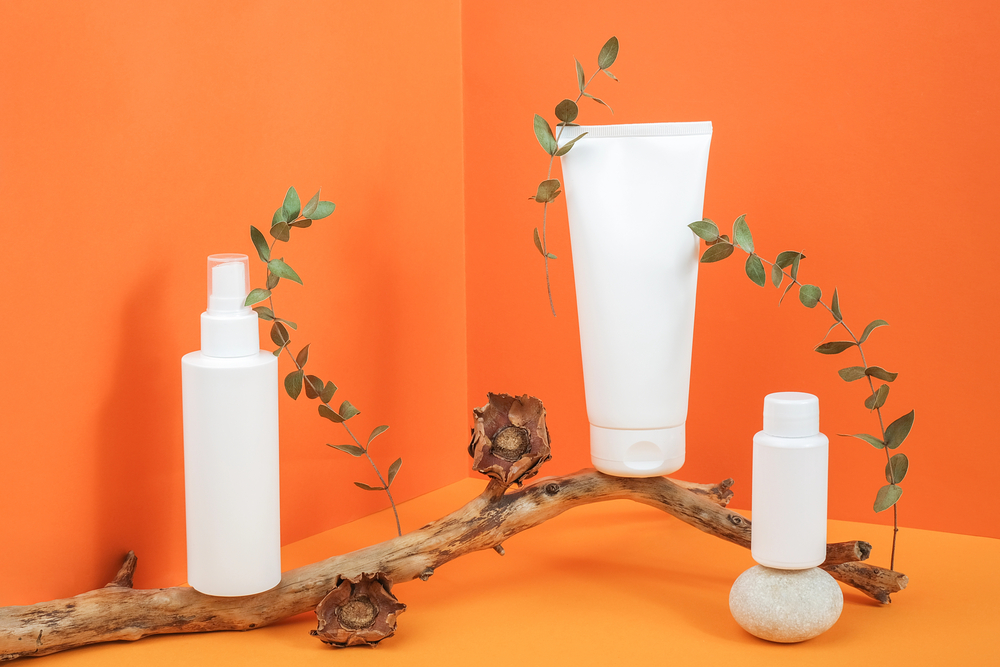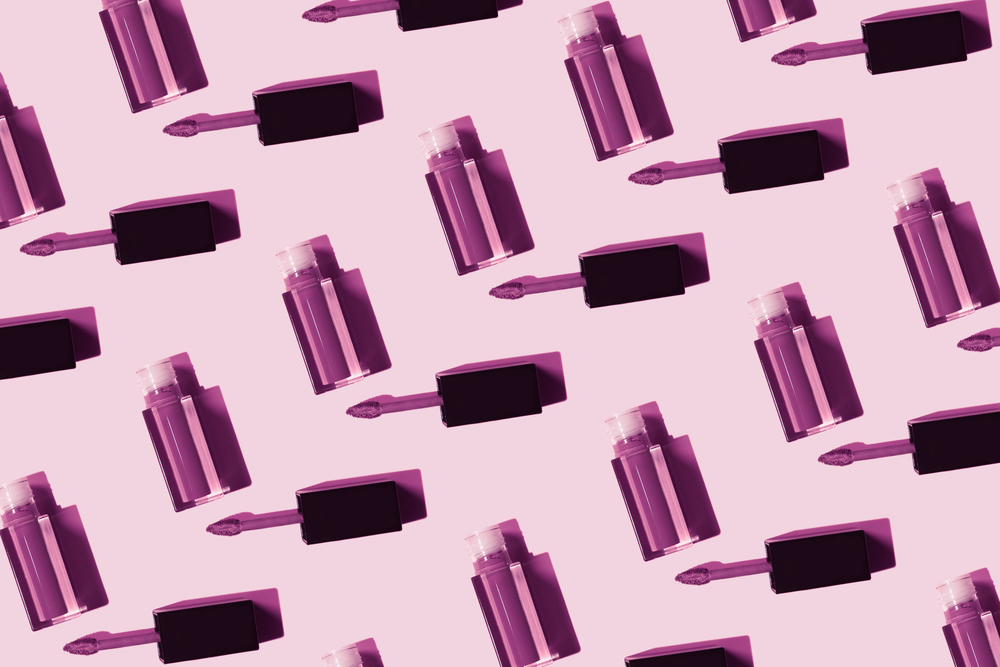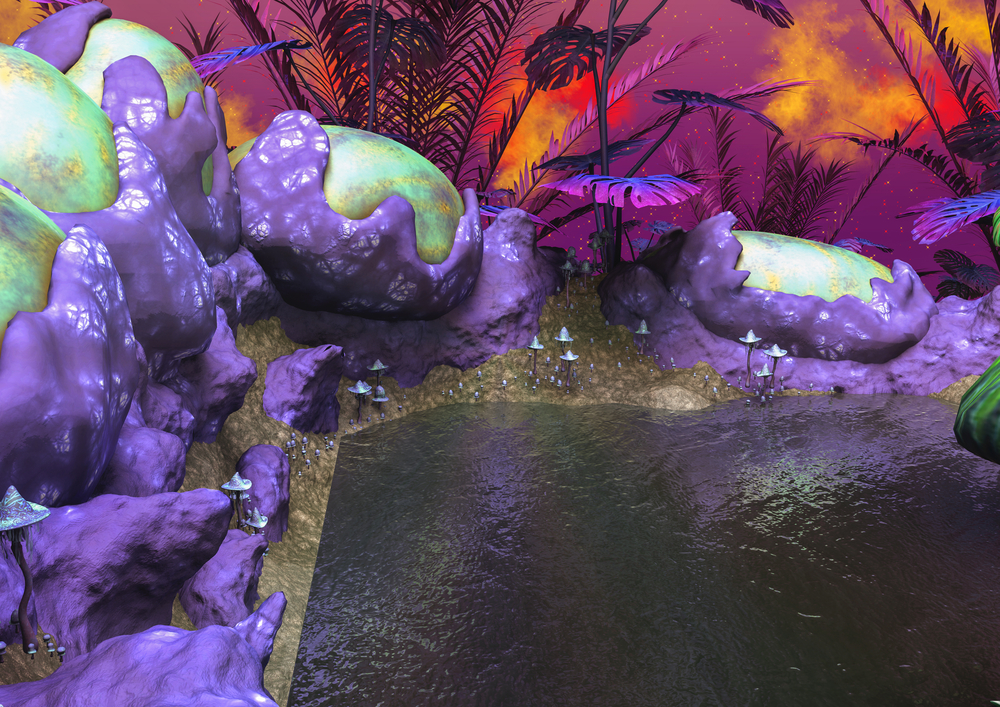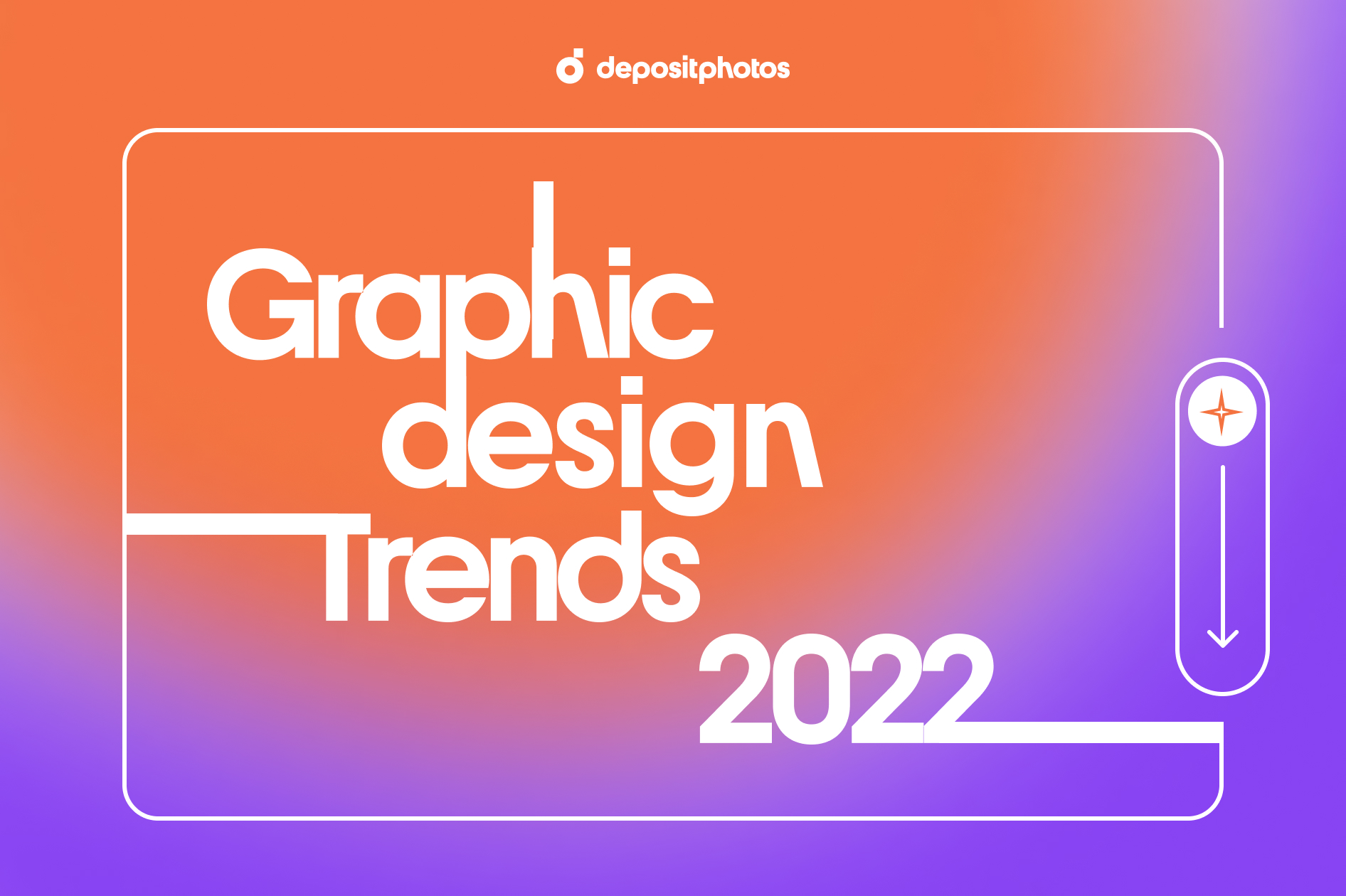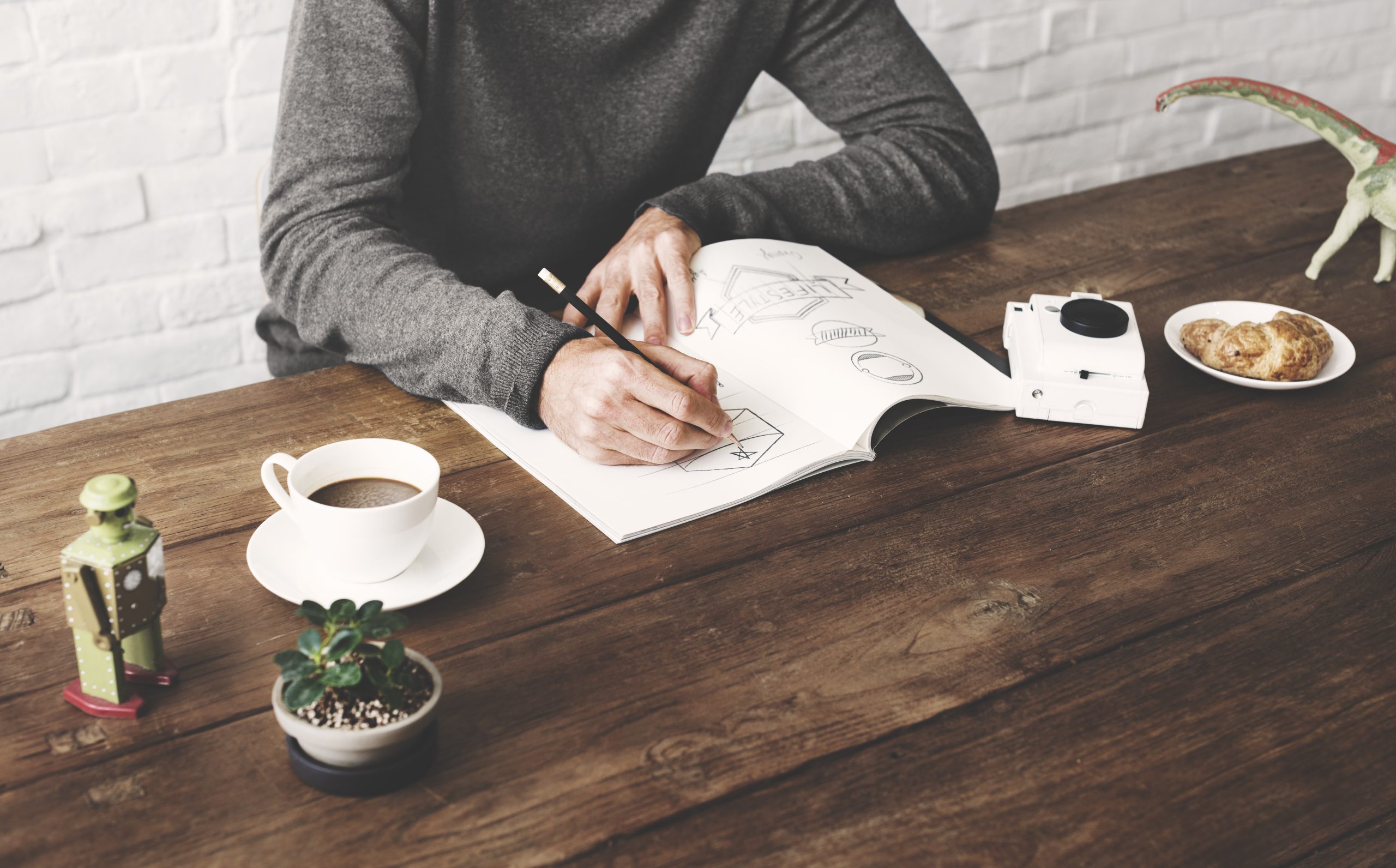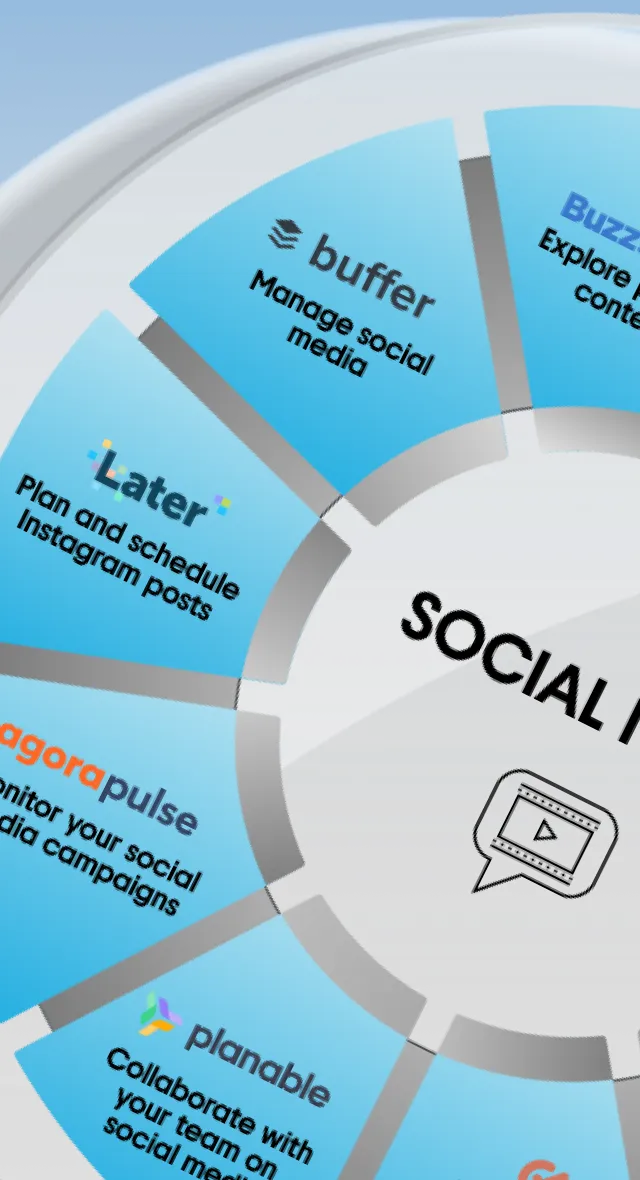Key Strategies for Transformative Packaging Design
What makes customers reach for one product over another? Often, it’s not just the product itself, but its packaging that makes the first and most impactful impression. When consumers are bombarded with choices, effective packaging design can be the difference between being overlooked and standing out.
This article tackles the critical aspects of packaging design. Dive in to discover how thoughtful design can elevate your product to a market leader.
What is the role of packaging in branding?
Packaging is one of the most crucial parts of branding, as it refers to the strategic use of design elements such as logos, color schemes, and typography to convey a brand’s identity directly. Thus, packaging is not merely about aesthetics—it’s an important touchpoint that communicates directly with the consumer at the point of purchase. Effective packaging makes a product instantly recognizable and differentiates it from competitors on the shelf.
Consistency in branding includes not only digital presence or printed materials, but also packaging. Using a consistent color palette and typeface reinforces brand identity and aids in building a recognizable brand image. This consistency helps forge a connection with the audience, providing a familiar and reassuring presence in multiple aspects of interaction with the brand.
Such uniformity also extends to the brand message. For example, if a brand is committed to sustainability, using recycled materials in packaging not only supports this claim, but also reaffirms the brand’s values to the consumer, enhancing credibility and fostering brand loyalty. This uniformity ensures that whenever customers interact with the brand, the core message and visual identity are reinforced.
What are the key elements of packaging design?
Visual design
Visual design in packaging encompasses the selection and implementation of color schemes, typography, and imagery. Each of these elements defines how a product is perceived by the consumer. Colors can evoke emotions and attract attention, while typography ensures readability and reinforces the brand’s character. Imagery, on the other hand, aligns with the brand’s messaging and appeals visually to the target market.
Material selection
Choosing the right materials for packaging is not only essential for aesthetic reasons, but also for functional and environmental considerations. Materials should protect the product during shipping and handling while aligning with consumer expectations and brand values. Additionally, the texture, weight, and finish of packaging materials can contribute to the tactile experience of the product, enhancing consumer interaction.
Functionality
Functional design refers to the practical aspects of packaging. It should facilitate storage, transport, and usage of the product. Packaging must be designed in a way that can be easily opened and closed, possibly resealable where applicable. It should also provide necessary product information clearly and accessibly. Moreover, innovative functional designs, like easy-pour spouts or stackable shapes, can significantly improve user experience.
7 Essential steps to effective packaging design
Step 1. Defining objectives and constraints
Begin the packaging design process by clearly defining the product’s needs and the goals of the packaging. Consider factors such as the product’s dimensions, durability requirements, and shipping logistics. Also, identify any legal constraints, such as labeling requirements or brand guidelines that must be adhered to. Establishing these parameters upfront will guide the design direction and prevent future redesigns or compliance issues.
Step 2. Research and inspiration
Conduct research to gather insights about your target market, competitors, and current trends in packaging design. This research will inform your design strategy, helping understand what appeals to your customers and how to differentiate your product from competitors. Gathering inspiration from a broad range of sources, including recent design or photography trends, architecture, fashion, nature, or existing products, can spark innovative ideas.
Step 3. Concept development
In this phase, use the insights from your research to start sketching design concepts. Focus on elements like shape, color, graphics, and materials. It’s better to develop multiple concepts and experiment with different approaches that align with your brand identity and objectives. This is the creative exploration stage, where ideas should flow freely without commitment to a single solution.
Step 4. Refinement and prototyping
Select the most promising designs and refine them. This often involves fine-tuning visuals and considering practical aspects such as how the packaging opens or how it displays on shelves. Create prototypes to evaluate the design physically. This can reveal practical issues that are not apparent in digital designs, such as problems with package strength or difficulties in opening the package. Feedback from potential users can be invaluable during this stage.

Step 5. User testing
Put the prototypes in front of real users to get feedback. Observe how they interact with the packaging, what attracts them, and any usability issues they encounter. User testing can provide crucial insights that might require going back to refine the design further. This step ensures the final design will meet consumer expectations and functional needs.
Step 6: Final design and production preparation
Once the design is optimized based on feedback, finalize it and prepare all files for production. This includes confirming specifications with manufacturers and ensuring all elements are correctly formatted according to their requirements. Quality checks should be rigorous to avoid any issues during mass production. Oversee the production process to ensure that the packaging is manufactured to the standards set out in the final design.
Step 7: Distribution and market release
After production, the packaging is distributed along with the product. Monitor the reception of the packaging in the market, gathering feedback from consumers and retailers. This feedback can provide valuable insights for future packaging projects.
To wrap up
Effective packaging design is not just about aesthetic appeal—it’s also about creating a cohesive and resonant brand experience that engages consumers at every touchpoint. By adhering to the strategies outlined in this article, you can ensure that your packaging not only meets aesthetic goals and addresses practical considerations, but also communicates and captivates.
Other articles you might find interesting
Your Ultimate Guide to eCommerce Personalization and Tailored Product Discovery
How to Write SMART Goals: Rules and Examples
Growing Your Business with Minimal (or No) Money
